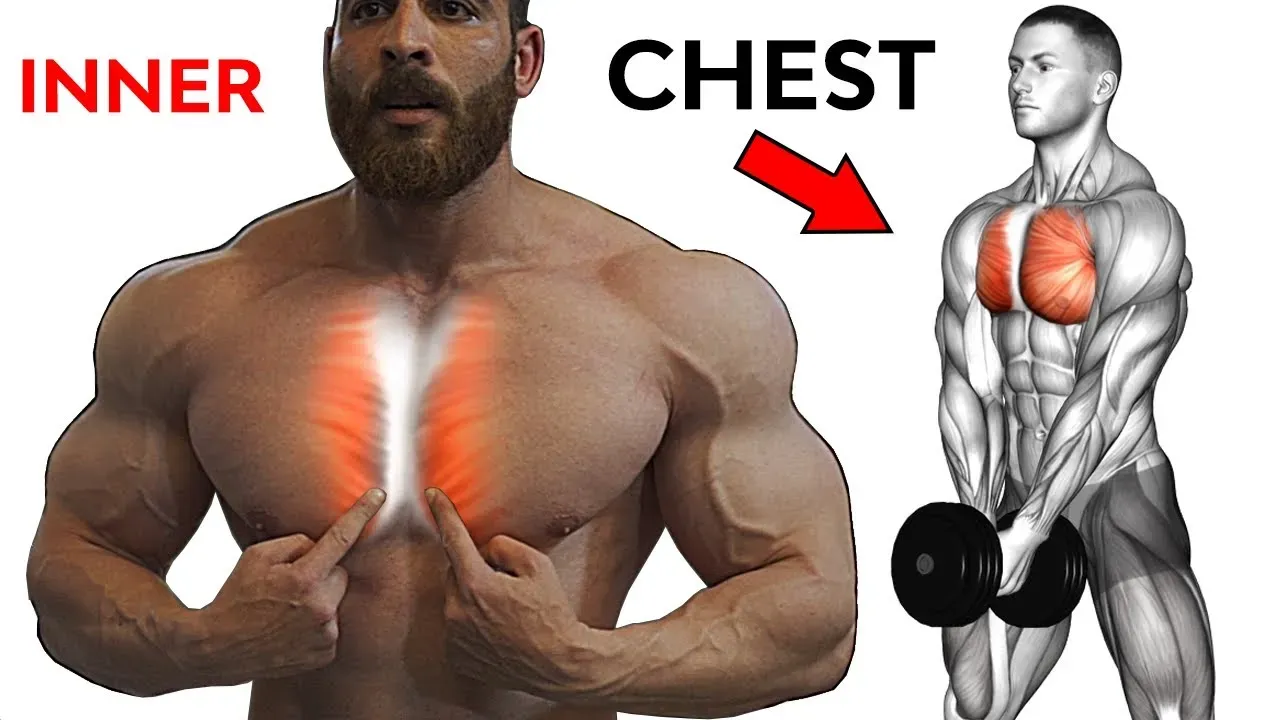Table of Contents
Ever stare in the mirror, arms out to the sides, and feel like that gap between your pecs just isn't popping? You're not alone. That elusive "inner chest line" is something many lifters, garage-gym warriors included, strive for. Forget the myth that you can somehow magically isolate one tiny section of a muscle. While you can't surgically carve out the inner pec fibers, you absolutely can emphasize them through specific movement patterns and techniques. And the good news? You don't need a fancy gym full of machines to do it. Getting a respectable **inner chest line workout at home** is entirely possible with minimal equipment – maybe just your bodyweight, some bands, or a pair of dumbbells if you have them lying around. This article cuts through the noise to show you what actually works. We'll look at why emphasizing this area matters, break down the best home exercises, suggest ways to build a solid routine, and offer tips to squeeze the most out of every rep. Ready to put in the work and build a more defined chest without leaving your house? Let's get to it.
Understanding the "Inner Chest Line" and What's Possible
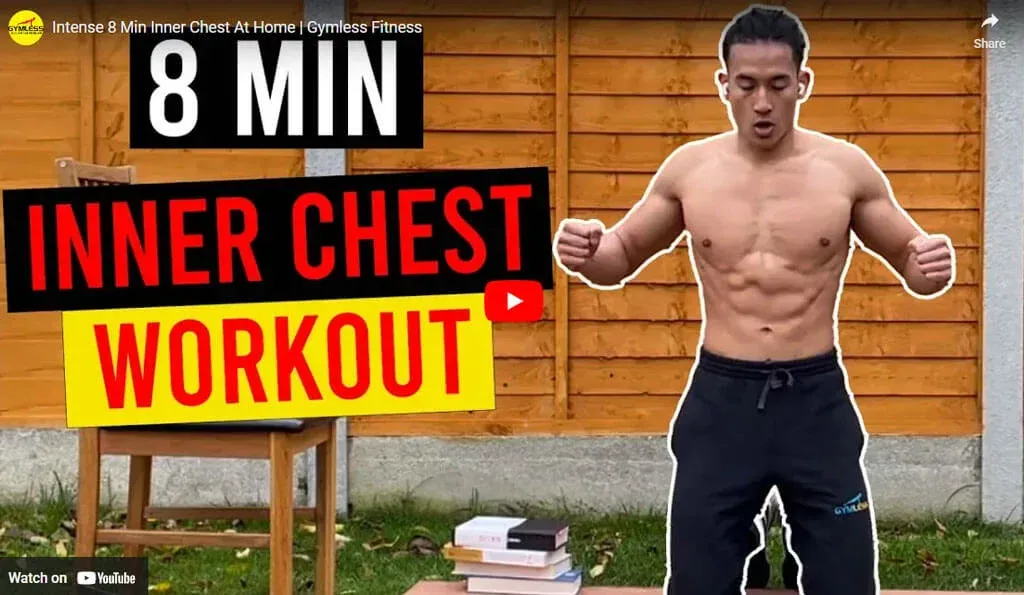
Understanding the "Inner Chest Line" and What's Possible
let's clear the air right away. The "inner chest line" isn't some magical, separate muscle you can target with a laser beam. It's simply the visual result of developing the inner portion of your pectoralis major muscle – the big chest muscle. Think of it like this: your pec is a fan shape, spreading from your sternum (that breastbone down the middle) out to your upper arm bone. When you develop the fibers closest to the sternum, and your body fat is low enough, you start seeing that defined line down the middle. You can't *isolate* it completely, but you can definitely *emphasize* those inner fibers with exercises that bring your arms across your body's midline, squeezing the chest hard at the end of the movement. It's about smart exercise selection and consistent work, not some secret handshake.
Here's the reality check on the inner chest line:
- It's part of the pectoralis major, not a distinct muscle.
- Definition shows up when muscle is built AND body fat is low.
- Specific exercises can emphasize the inner fibers by bringing arms across the body.
- Genetics play a role in muscle shape and insertion points.
- Consistency in training is crucial for any visible change.
Why an Inner Chest Line Workout at Home Can Work
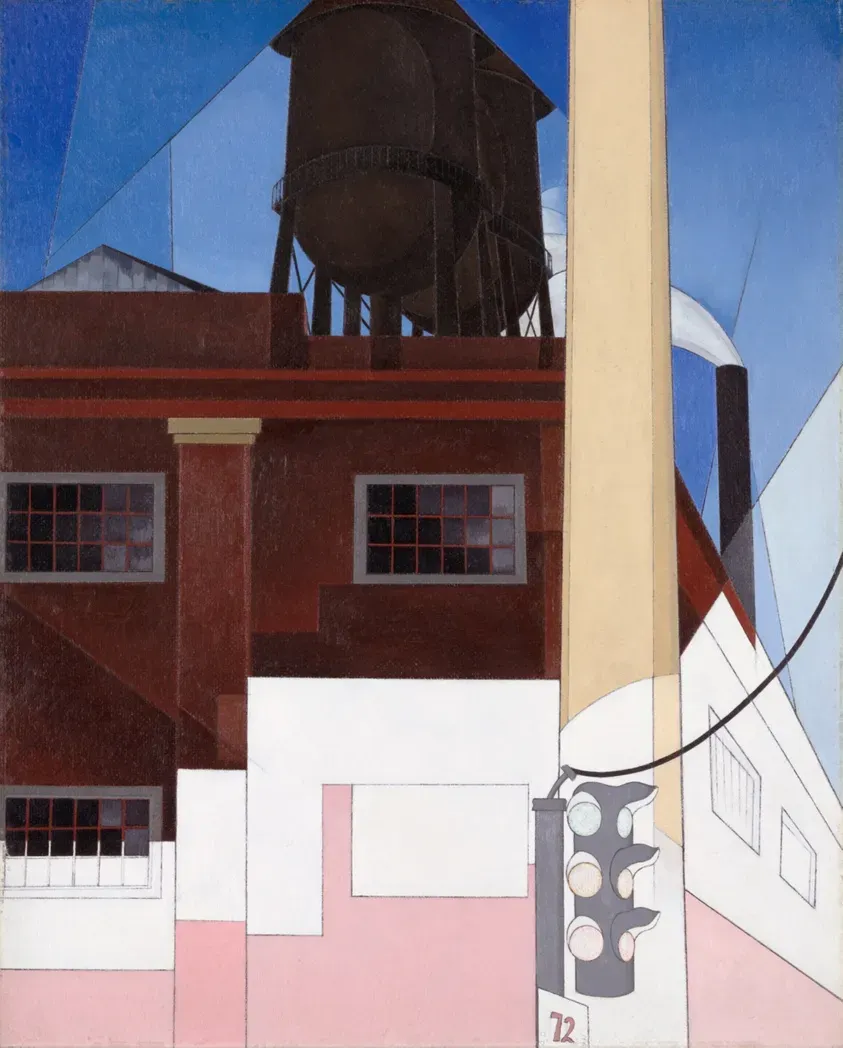
Why an Inner Chest Line Workout at Home Can Work
Forget the Gym Crowd, Build Muscle Anywhere
Look, building muscle isn't some mystical process reserved for chrome-plated gyms and protein shake gurus. At its core, it's about applying resistance to a muscle, causing tiny tears, and letting your body repair and grow stronger. You can absolutely create that resistance at home. Bodyweight exercises like push-ups, dips (if you have parallel bars or sturdy chairs), and even modified variations can provide a significant stimulus. Add a pair of adjustable dumbbells or resistance bands, and your home setup becomes a seriously capable training ground. Muscle fibers don't care if you're lifting iron in a crowded gym or pushing against the floor in your living room; they respond to tension and progressive overload.
Targeting the Inner Pecs Without Leaving the House
Now, specifically for that inner chest line workout at home, it comes down to exercise selection and execution. Moves that bring your hands together or across your midline under tension are key. Think dumbbell flyes (even on the floor), resistance band chest flyes, or certain push-up variations where you bring your hands closer together at the top. The critical part is the squeeze. At the peak of the movement, really contract your chest, focusing on bringing those inner fibers together. You might not be bench pressing 300 pounds, but you can still achieve a powerful contraction that targets the area we're talking about. Consistency with these targeted movements is what chips away at getting that definition.
Here are a few common home exercises and how they hit the chest:
- Push-ups (various grips): Good for overall chest development, closer grip emphasizes triceps and potentially inner chest.
- Dumbbell Bench Press (floor): Builds overall chest strength and size.
- Dumbbell Flyes (floor): Excellent for stretching the outer pec and emphasizing the inner pec squeeze.
- Resistance Band Flyes: Mimics cable flyes, providing constant tension, great for the inner chest squeeze.
- Incline Push-ups: Targets the lower portion of the pec.
- Decline Push-ups: Targets the upper portion of the pec.
Consistency Trumps Location
The biggest hurdle for most people isn't *where* they train, but *if* they train consistently. An **inner chest line workout at home** removes many excuses. No commute, no waiting for equipment, no judging eyes (unless your cat is particularly critical). This convenience makes sticking to a routine much easier. And consistency, showing up week after week, applying progressive overload (doing a little more over time – more reps, more sets, harder variations, slower negatives), is the absolute bedrock of building muscle and getting results. A decent home workout done consistently beats an epic gym session done once a month, every single time. So yeah, you can absolutely build that inner chest definition from your living room.
Top Exercises for Your Inner Chest Line Workout at Home
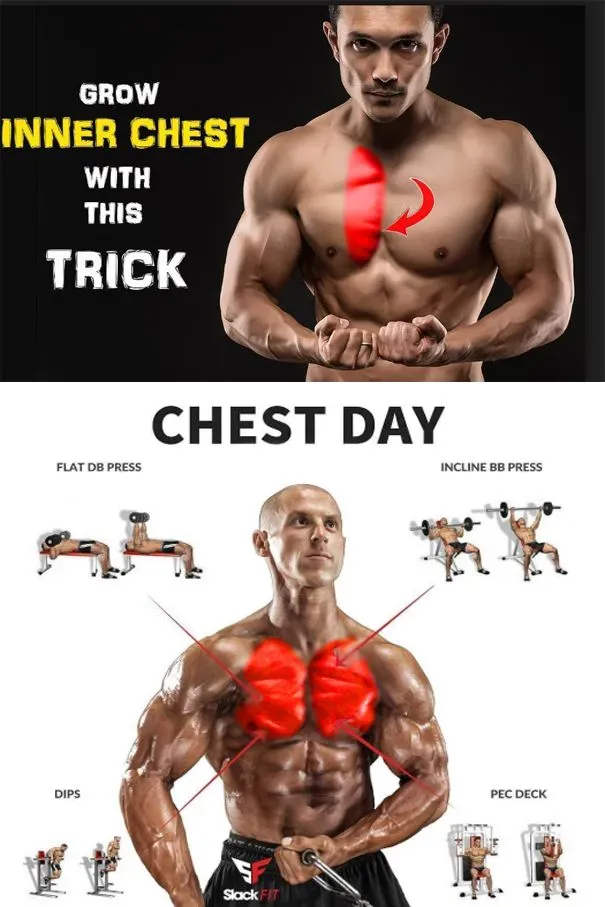
Top Exercises for Your Inner Chest Line Workout at Home
Diamond Push-Ups: A Bodyweight Classic
Alright, let's talk push-ups. They're the bread and butter of any home chest workout, but not all push-ups are created equal when you're trying to hit that inner line. The diamond push-up is your best friend here. Get into a standard push-up position, but instead of hands shoulder-width apart, bring them close together under your chest, forming a diamond or triangle shape with your thumbs and index fingers. As you lower yourself, keep your elbows tucked in close to your sides. The magic happens as you push back up; you should feel a strong contraction, almost a squeezing, right in the middle of your chest. This closer hand position forces those inner pec fibers to work harder, especially at the top of the movement when you really focus on that squeeze. Don't rush it; control the descent and make the ascent powerful, thinking about bringing your chest together.
Dumbbell or Band Flyes: Squeeze it Like You Mean It
While push-ups are great for overall strength, nothing quite replicates that feeling of pulling your arms across your body under tension like flyes. If you have dumbbells, lie on the floor (a mat helps). Hold a dumbbell in each hand, palms facing each other, arms slightly bent. Lower the weights out to the sides in an arc, feeling a stretch across your chest. Then, bring the weights back up in the same arc, focusing intensely on squeezing your chest muscles together in the middle. Imagine you're trying to hug a giant tree. If you're using resistance bands, anchor the band behind you (around a sturdy pole or even a chair leg if it's stable). Hold an end in each hand, step forward a bit to create tension, and perform the same arcing motion, bringing your hands together in front of your chest. The key is that peak contraction in the middle. This movement pattern directly targets the action of the inner pec fibers.
- **Diamond Push-ups:** Hands close together under chest, focus on inner squeeze at top.
- **Floor Dumbbell Flyes:** Lie on back, arc weights out and then squeeze them together over chest.
- **Resistance Band Flyes/Crossovers:** Anchor band, bring arms across body, emphasize peak contraction.
- **Close-Grip Push-ups:** Hands slightly narrower than shoulder-width, less intense than diamond but still effective.
- **Single-Arm Dumbbell Press (with crossover):** Press one dumbbell up and slightly across your body towards the opposite shoulder.
Resistance Band Crossovers: Constant Tension Power
Cable crossovers are a gym staple for hitting the inner chest, and resistance bands let you mimic that movement effectively at home. Anchor a resistance band (or one on each side) at about chest height. Grab an end in each hand. Step forward so there's tension on the band. Keeping your arms slightly bent, bring your hands together in front of your chest, crossing them over each other if possible, really squeezing your pecs. The beauty of bands is they provide constant tension throughout the range of motion, often feeling strongest at the point of peak contraction – exactly where you want to hit those inner fibers. Experiment with anchoring height; anchoring higher and bringing your hands down can hit the lower inner chest, while anchoring lower and bringing hands up targets the upper inner chest. It’s a versatile tool for your **inner chest line workout at home** arsenal.
Structuring Your Inner Chest Line Workout at Home Routine
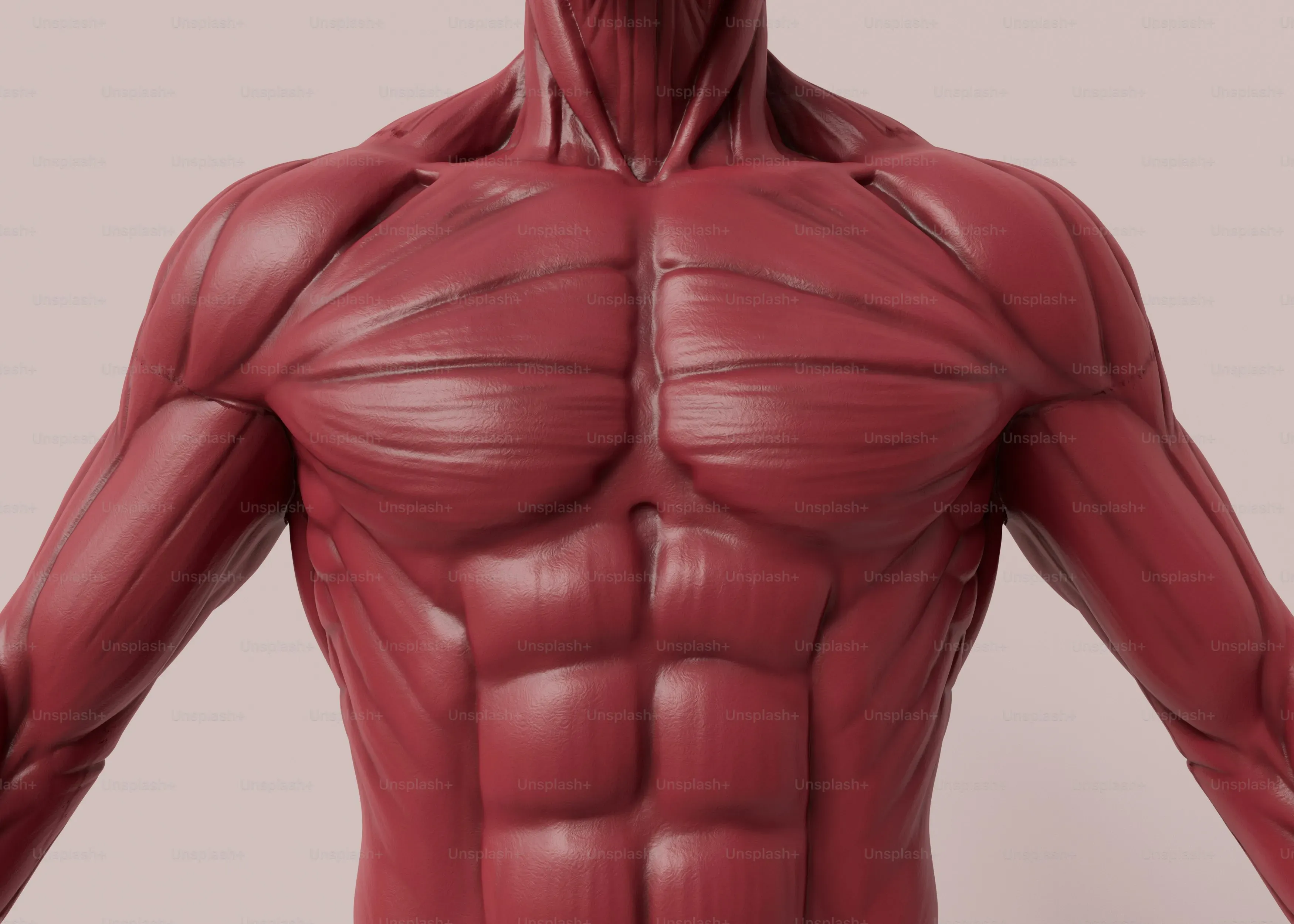
Structuring Your Inner Chest Line Workout at Home Routine
Alright, so you've got the tools – whether it's just your bodyweight, some dumbbells, or resistance bands – and you know which exercises hit those inner fibers. Now, how do you actually put it all together into a solid **inner chest line workout at home** routine? It's not rocket science, but a little structure goes a long way. You don't need to dedicate an entire hour just to the inner chest; instead, integrate these emphasis exercises into your regular chest or push-day routine. Think of it as adding specific finishers or swapping out some standard movements for their inner-focused counterparts. Consistency is king here. Doing a targeted workout two or maybe three times a week, allowing for recovery, will yield far better results than sporadic, hour-long sessions where you just flail around. Start by picking 2-3 exercises from the list we discussed, like diamond push-ups and resistance band flyes, and aim for 3-4 sets of 10-15 controlled repetitions, really focusing on that peak contraction. Don't just go through the motions; make every rep count.
Maximizing Results from Your Inner Chest Line Workout at Home
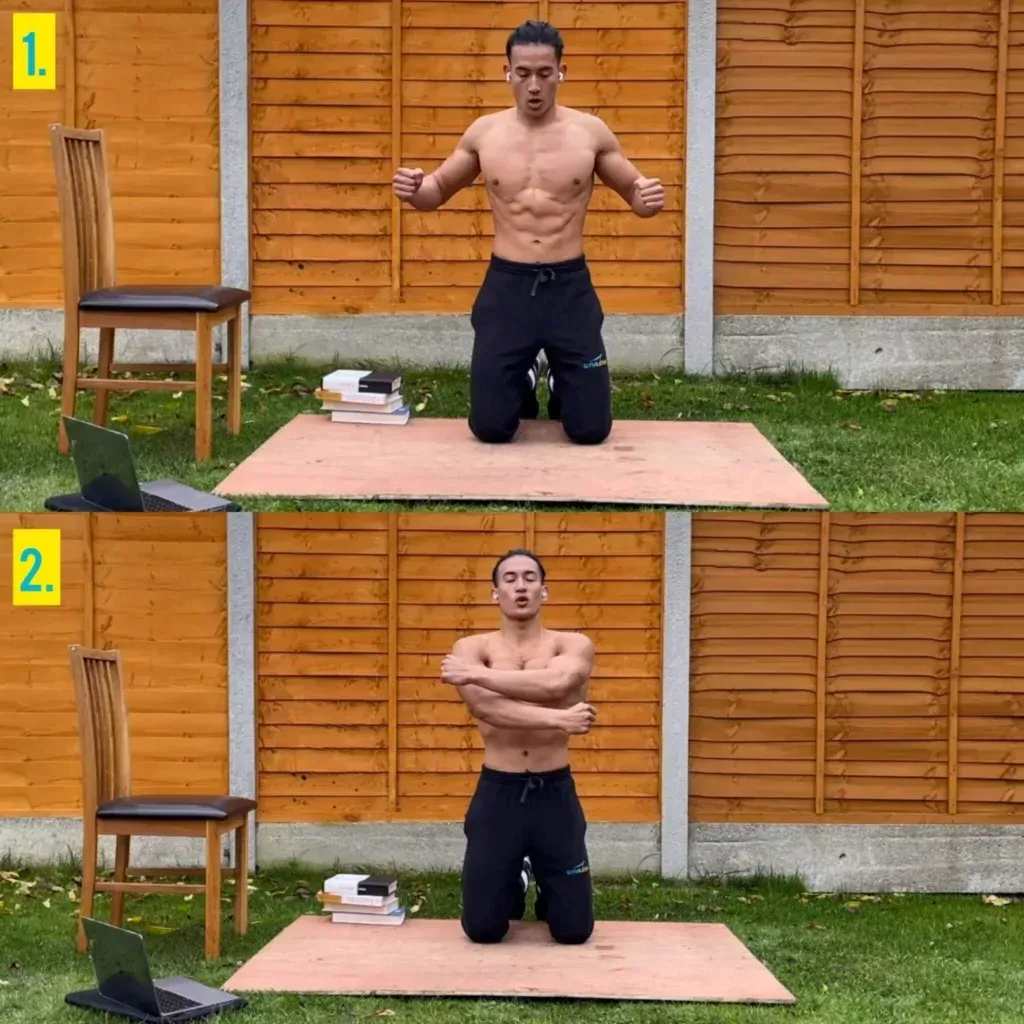
Maximizing Results from Your Inner Chest Line Workout at Home
Alright, so you're doing the diamond push-ups, the flyes, and feeling that burn in the middle of your chest. That's step one. But just going through the motions won't cut it if you want to really see that inner line pop. Maximizing results from your **inner chest line workout at home** is about being smart and consistent. It's not just about lifting or pushing; it's about contracting the muscle *hard*. Think about squeezing a walnut between your pecs at the top of every rep, whether it's a push-up or a flye. Control the negative (the lowering part of the movement) – don't just drop. Let the muscle work. And the absolute key? Progressive overload. You can't do the same thing forever and expect to keep growing. Add reps, add sets, slow down the tempo, decrease rest time, use a harder band, or find a way to add weight if you have it. If diamond push-ups get easy, elevate your feet. If dumbbell flyes feel light, pause and squeeze for a second at the top. Your muscles need a reason to adapt and grow stronger, and doing slightly more or making it slightly harder each week is that reason. Don't get discouraged if you don't see drastic changes overnight; building muscle takes time and consistent effort, especially when you're aiming for specific definition like that inner line. Stick with it, focus on the squeeze, and keep challenging yourself.
Solidifying Your Inner Chest Gains at Home
So there you have it. While the idea of "isolating" the inner chest is a bit of a marketing myth, you absolutely can put extra emphasis on this area with smart exercise selection and execution, all without stepping foot in a gym. We've covered the why, the how-to exercises, and how to structure your **inner chest line workout at home**. Remember, consistency trumps intensity every time, especially when you're starting out. Focus on feeling the contraction, controlling the weight (or your body), and progressively challenging yourself. It's not about overnight miracles; it's about consistent effort leading to visible changes over time. Now, stop reading and start pressing, squeezing, and getting that work in. Your chest will thank you.
